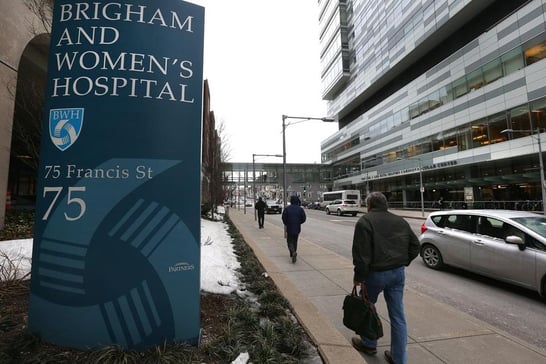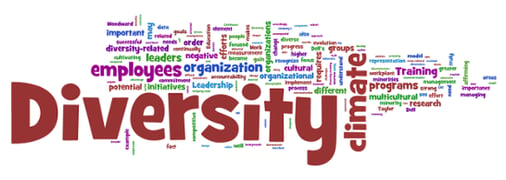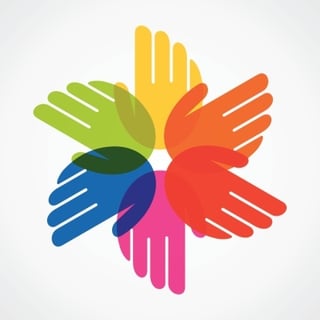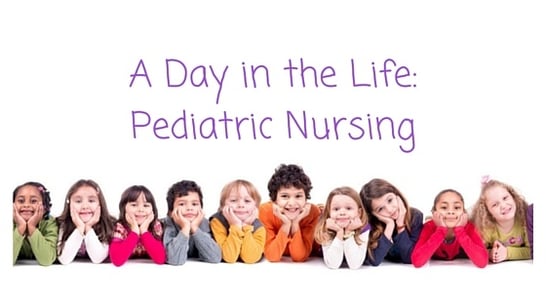 Nurses at Brigham & Women’s Hospital in Boston are threatening a walk-out next Monday, June 27, 2016. The Massachusetts Nurses Union and management at the hospital have been in negotiations and cannot agree on their contract. What are your thoughts about it?
Nurses at Brigham & Women’s Hospital in Boston are threatening a walk-out next Monday, June 27, 2016. The Massachusetts Nurses Union and management at the hospital have been in negotiations and cannot agree on their contract. What are your thoughts about it?
Brigham and Women’s Hospital and the union representing its registered nurses are at an impasse.
Negotiators from Brigham and the Massachusetts Nurses Association have met 20 times to hash out a new contract, but after the latest session on Friday, the dispute seemed only further from resolution.
The union has threatened a one-day strike on June 27, and patient care is likely to be disrupted as hospital leaders scale down operations and hire temporary replacement nurses. The hospital says nurses will be locked out for five days if they walk out.
“In response to what the union said was their greatest concern, we worked hard to develop a generous wage and benefit package for every one of our nurses, despite the tremendous financial pressure in healthcare,” Dr. Ron M. Walls, Brigham’s chief operating officer, said in a statement. “We are disappointed that the union rejected our most recent proposal.”
Brigham is owned by Partners HealthCare, the state’s largest health care provider network.
Union negotiators said in a statement that “nurses are prepared to strike unless Partners offers a fair settlement that values patients over profits… Every patient deserves safe care and every nurse deserves a fair wage and equal benefits.”
So, what’s preventing an agreement? As hospital and union leaders prepared to continue talks Monday, they shared details of their latest proposals with the Globe:
Wages
Brigham nurses receive 5 percent annual raises for their first 18 years on the job. The hospital proposed keeping those step raises and adding a new step at the top of the pay scale. Those at the top would receive a 4 percent increase, plus a $500 bonus, over three years, bringing pay for full-time nurses at the top of the scale to $148,616. The average Brigham nurse currently makes $106,000 a year. The hospital also offered $1.4 million in bonuses, but after the union rejected its offer, it directed that money to hiring temporary nurses to work in case of a strike.
The union also wanted to keep step raises in place and add a top step to the scale. But it wanted bigger raises than the hospital proposed: a 5 percent raise for nurses at the top of the scale, and an additional 4 percent increase for all nurses over two years.
Benefits
Brigham wants to place newly hired nurses into a “flex” insurance plan already offered to other Brigham and Partners employees. The hospital calls it a comprehensive plan with a wide range of options, which many union nurses have voluntarily selected in the past. Brigham officials said they offered to set a maximum employee premium contribution rate so they wouldn’t be able to increase what nurses pay without future negotiations.
But the union says the hospital is forcing newly hired nurses into “lesser benefits.” Officials say the hospital has already “lured” many nurses into its preferred insurance plan only to increase employee costs over time. They want new nurses to be able to choose from the same health insurance options that existing nurses have.
Staffing
The union says Brigham has been cutting nurse staffing in one unit of the hospital, where patients are recovering from major thoracic procedures, such as lung transplants. Union officials say the unit was historically staffed with 15 nurses at a time, and they want to keep staffing at that level.
Hospital officials maintain that staffing in that unit is “comparable to or better than similar units within the hospital and at other hospitals throughout the state.” They want to set staffing levels according to the number of patients in the unit at a given time, and how sick the patients are. On Friday, the hospital asked the union to agree to a plan for submitting complaints about staffing to senior nursing officials, but the union said this was “unacceptable” because nurses already complain when they have concerns about staffing and “nothing is done.”







 As we are all still grieving the horrific shootings in Orlando, this article points out the hospitals and medical teams who took care of the victims. As staff called co-workers at home and asked them to come in and help with the overwhelming number of patients coming in to the emergency room, the response was “I’ll be right there”. We know our Nurses across the country would respond the same way.
As we are all still grieving the horrific shootings in Orlando, this article points out the hospitals and medical teams who took care of the victims. As staff called co-workers at home and asked them to come in and help with the overwhelming number of patients coming in to the emergency room, the response was “I’ll be right there”. We know our Nurses across the country would respond the same way.
 This week is Men’s Health Week and this article serves as a reminder about the importance of men paying attention to their health. As a Nurse, you are in the perfect position to remind your male and female patients to take care of themselves, exercise, eat healthy, listen to their bodies and get help if they notice any persistent changes.
This week is Men’s Health Week and this article serves as a reminder about the importance of men paying attention to their health. As a Nurse, you are in the perfect position to remind your male and female patients to take care of themselves, exercise, eat healthy, listen to their bodies and get help if they notice any persistent changes.
 In honor of LGBTQ – Pride Month, this article touches upon the struggles this community deals with in their personal and professional lives. We all know how important support is from family and friends particularly for teenagers who are questioning who they are attracted to and sometimes, their sexual identity.
In honor of LGBTQ – Pride Month, this article touches upon the struggles this community deals with in their personal and professional lives. We all know how important support is from family and friends particularly for teenagers who are questioning who they are attracted to and sometimes, their sexual identity. While reading this article, I immediately thought of my friend who has been a School Nurse for years. She absolutely loves her job and “her kids” – that’s how she sees them. She talks about them all the time. She travels between 2 schools, an elementary school and a high school in the city of Boston. The schools are within a mile of each other. I am continually amazed at what she does for them. Some of her students don’t have the support at home they should have, so she’s always stepping in to be sure they have glasses if they need them; dental check-ups; and even clothing, including warm gloves and coats. She’s mindful of what every student needs and she’s always going above and beyond, like so many Nurses do.
While reading this article, I immediately thought of my friend who has been a School Nurse for years. She absolutely loves her job and “her kids” – that’s how she sees them. She talks about them all the time. She travels between 2 schools, an elementary school and a high school in the city of Boston. The schools are within a mile of each other. I am continually amazed at what she does for them. Some of her students don’t have the support at home they should have, so she’s always stepping in to be sure they have glasses if they need them; dental check-ups; and even clothing, including warm gloves and coats. She’s mindful of what every student needs and she’s always going above and beyond, like so many Nurses do.  Nursing assistant Tom Alligood wears camouflage scrubs during his emergency room shifts at the Dorn VA hospital because he says it helps other veteran patients realize they've "walked over the same dirt," the 62-year-old former Army tanker says.
Nursing assistant Tom Alligood wears camouflage scrubs during his emergency room shifts at the Dorn VA hospital because he says it helps other veteran patients realize they've "walked over the same dirt," the 62-year-old former Army tanker says. This video follows Stephane, RN, MSN, to give us a look into a day in the life of a Pediatric Nurse.
This video follows Stephane, RN, MSN, to give us a look into a day in the life of a Pediatric Nurse.  Correctional nursing is a specialty providing healthcare in jails, prisons and juvenile confinement facilities. But outside of the specialty, few recognize the importance of correctional nurses in treating an underserved population.
Correctional nursing is a specialty providing healthcare in jails, prisons and juvenile confinement facilities. But outside of the specialty, few recognize the importance of correctional nurses in treating an underserved population.